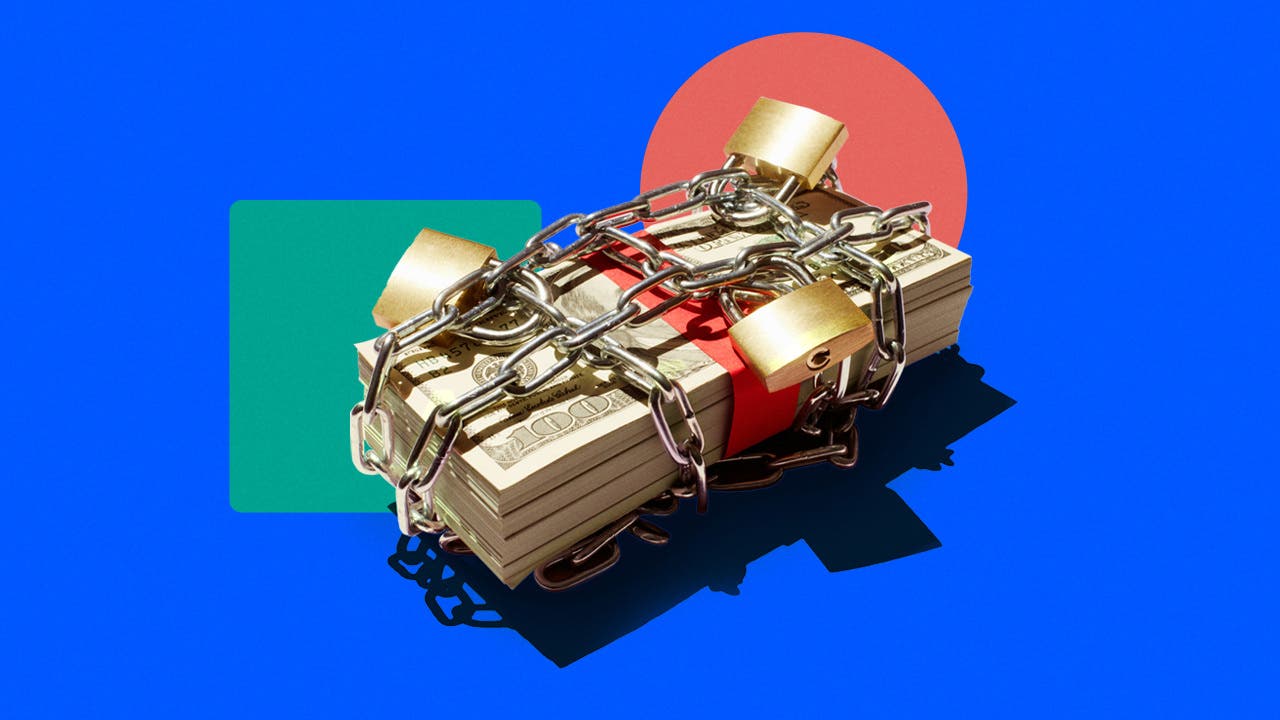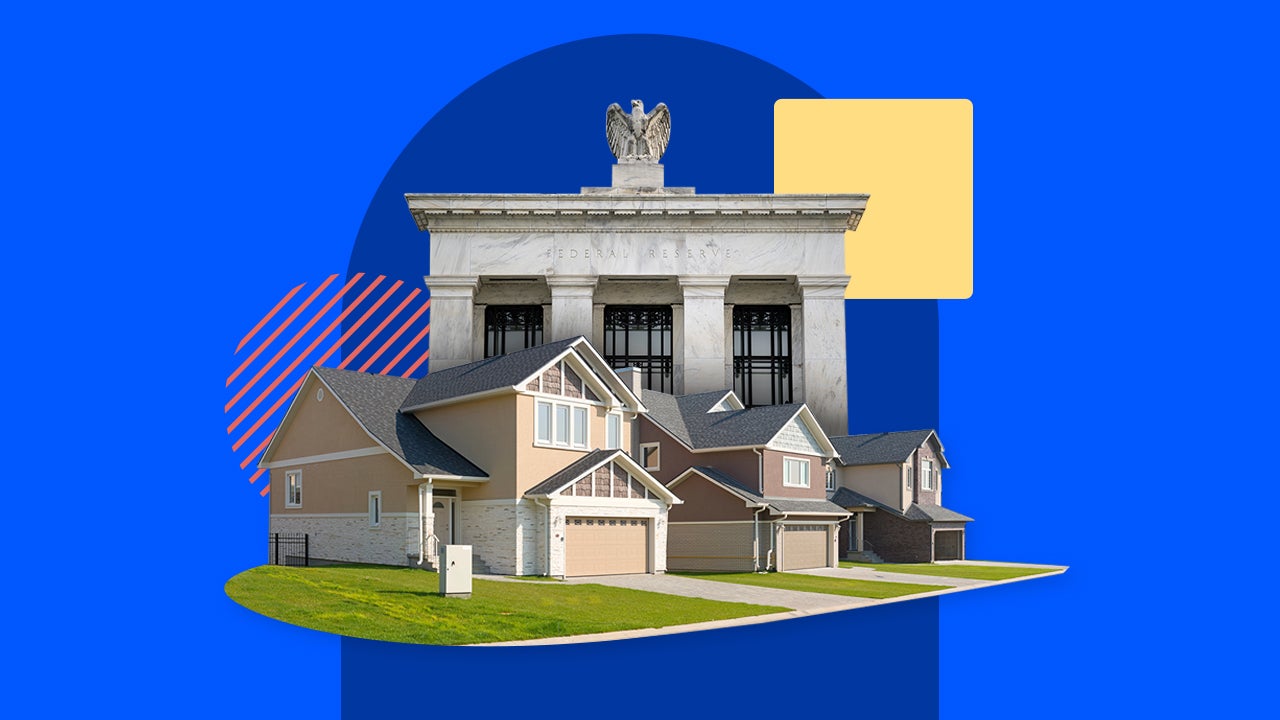How the banking crisis could impact borrowers

Key takeaways
- A tough economy triggered a new wave of bank failures in March of 2023.
- To reduce liquidity risks, almost half of U.S. banks are tightening lending requirements across the board.
- Because of tighter lending standards, subprime borrowers (those with less-than-perfect credit) will have a tougher time getting loans and securing affordable interest rates.
- This reduction in credit can also lead to tighter household budgets, as inflation continues to put a strain on American’s pockets.
The U.S. economy has seen quite the turmoil in recent months. Sky-high inflation, rising interest rates, a looming recession and — most recently — multiple bank failures.
In March of 2023, three major regional banks — Silicon Valley Bank, Silvergate Bank and Signature Bank — all collapsed within days of each other in the largest banking crisis since 2008. This chain of events, coupled with the current economic climate, has made lenders more conservative, making it harder for subprime borrowers to access credit and secure affordable loans.
Key banking crisis statistics
- The Federal Deposit Insurance Corporation (FDIC) was founded in 1933, to boost consumer’s confidence in financial institutions by insuring deposits accounts up to $250,000 in the event of a bank failure.
- Prior to the creation of the FDIC, it is estimated that an average of 635 banks failed each year, starting in 1921 and ending in 1929.
- Bank failures have become more uncommon in recent years. Between 2015 and 2022, only about 3.6 banks failed each year.
- The largest bank failure in U.S. history occurred in September of 2008, when Washington Mutual Bank, which had over $424 billion in total assets, failed.
- In March of 2023, three small-to-midsize regional banks: Silicon Valley Bank, Silvergate Bank and Signature Bank, all failed within the same week in the largest banking crisis since 2008.
- Small banks are an integral part of the U.S. economy as small businesses — which employ over a third of the population in the private sector — get 70% of their funding from them.
- Fears of a liquidity shortage has made banks more conservative, with about 46% tightening lending requirements for 2023.
- Consumer confidence has also dwindled, with the short-term outlook on income, business and labor market conditions declining as of May of 2023.
The 2008 banking crisis
Between 2007 and 2008, the U.S. experienced the worst financial crisis since the Great Depression, triggered by a collapse in the housing market. This financial crisis was a result of poor lending, borrowing and securitization practices by banks.
The problem started when banks started issuing cheap credit to borrowers (particularly mortgages), despite their credit risk. The fact that mortgages were easier to get fueled a saturation in the housing market and a steep decline in prices.
To slow things down, the Fed raised its federal funds rate which caused adjustable-rate mortgages to become more expensive. As a result, a wave of subprime borrowers defaulted on their loans, causing a devaluation of mortgage-backed securities and creating a liquidity crisis among banks. It is estimated that over 500 banks collapsed between 2007 and 2014, as a result of the crisis.
What does this banking crisis mean for borrowers?
The Fed, the FDIC and the Department of Treasury were all quick to react to the events of March of 2023, by coming up with measures to mitigate the impact of the recent banking crisis. However, this will continue to have a ripple effect on consumers’ pockets, particularly those with less-than-perfect credit.
It will be harder to get a loan
According to the Fed’s latest Senior Loan Officer Opinion survey, about 46 percent of lenders will raise their lending requirements, with 3.2 percent saying they have “considerably” tightened their requirements. That means that it will be harder for those with fair or poor credit scores to get a loan under the current climate, as they’re considered a higher risk than someone with excellent credit.
“Underwriting criteria will be tighter because it’s a period where banks have to be sure that the loans that they make will pay because given already distress on their liquidity, a lower rate of success on lending would be harmful to them,” Doug Duncan, senior vice president and chief economist at Fannie Mae, says.
“It could last a number of months for sure,” Duncan adds, “It really depends on when banks are able to get an alignment established between the earnings that they have on assets in their portfolio and the interest rates that they can pay to attract deposits, and that will take some time.”
Interest rates will be higher
The Fed has been consistently hiking interest rates since last March. Although this is positive for deposit accounts, such as CDs and savings, as they earn more in interest, it’s detrimental for borrowers. Rate hikes automatically translate to higher APRs, so any loan you take out now will be considerably more expensive than if you took it a year or so ago.
Budgets will be tighter
TransUnion’s latest report shows an increase in household debt across the board. Not only that, but minimum payments have been rising at record levels, especially among near prime and prime borrowers. This, coupled with high inflation and stagnant wages have put a clear strain on consumers’ budgets, making them more reliant on credit products to keep up with household expenses.
Given that we’re currently in a rising rate environment and a recession may be on the horizon, debt levels will only continue to increase, eating away a bigger portion of consumers’ earnings.
Frequently asked questions
-
According to Duncan, the chances of an economic crash are slim. “In 2007, the issue was credit risk. In other words, the quality of the assets the banks were holding were very questionable,” Duncan says. “That’s not what’s happening today. Treasury bills are solid from a risk perspective, the underwriting on the mortgages behind mortgage backed securities today are very strong. We may see some additional bank failures, but it is highly unlikely we’ll see anything approximating what we saw in 2007 to 2009.”
-
The odds of recession in the next 12 to 18 months are currently at 65 percent, according to Bankrate. As far as when we can expect things to sour, Duncan says that Fannie Mae forecasts that the recession will begin in the second half of 2023 and most likely will extend over the next year.
You may also like

How much will a short-term business loan cost?

Best mortgage lenders for bad credit in 2025

Student loan borrowers to experience payment shock



